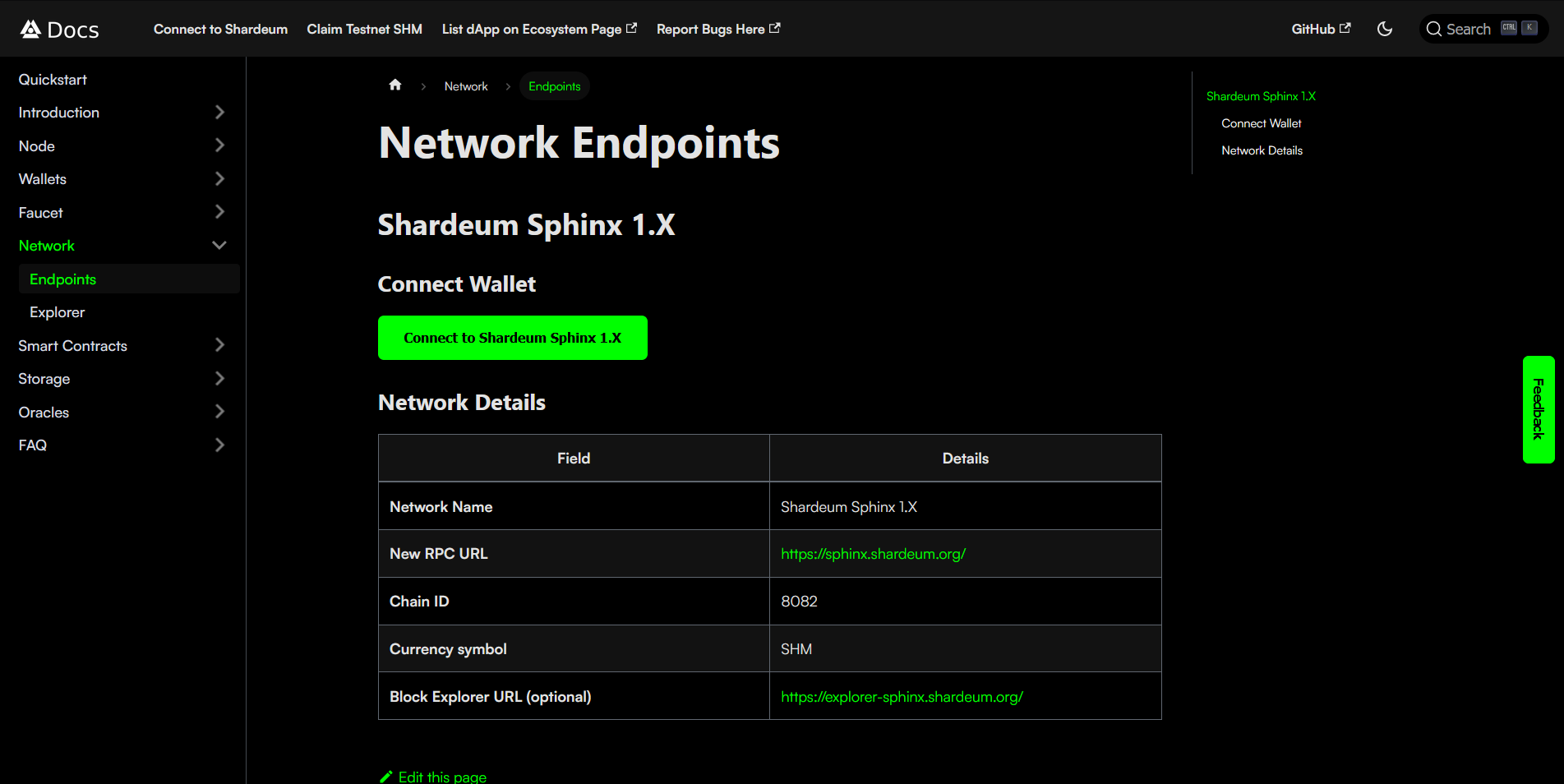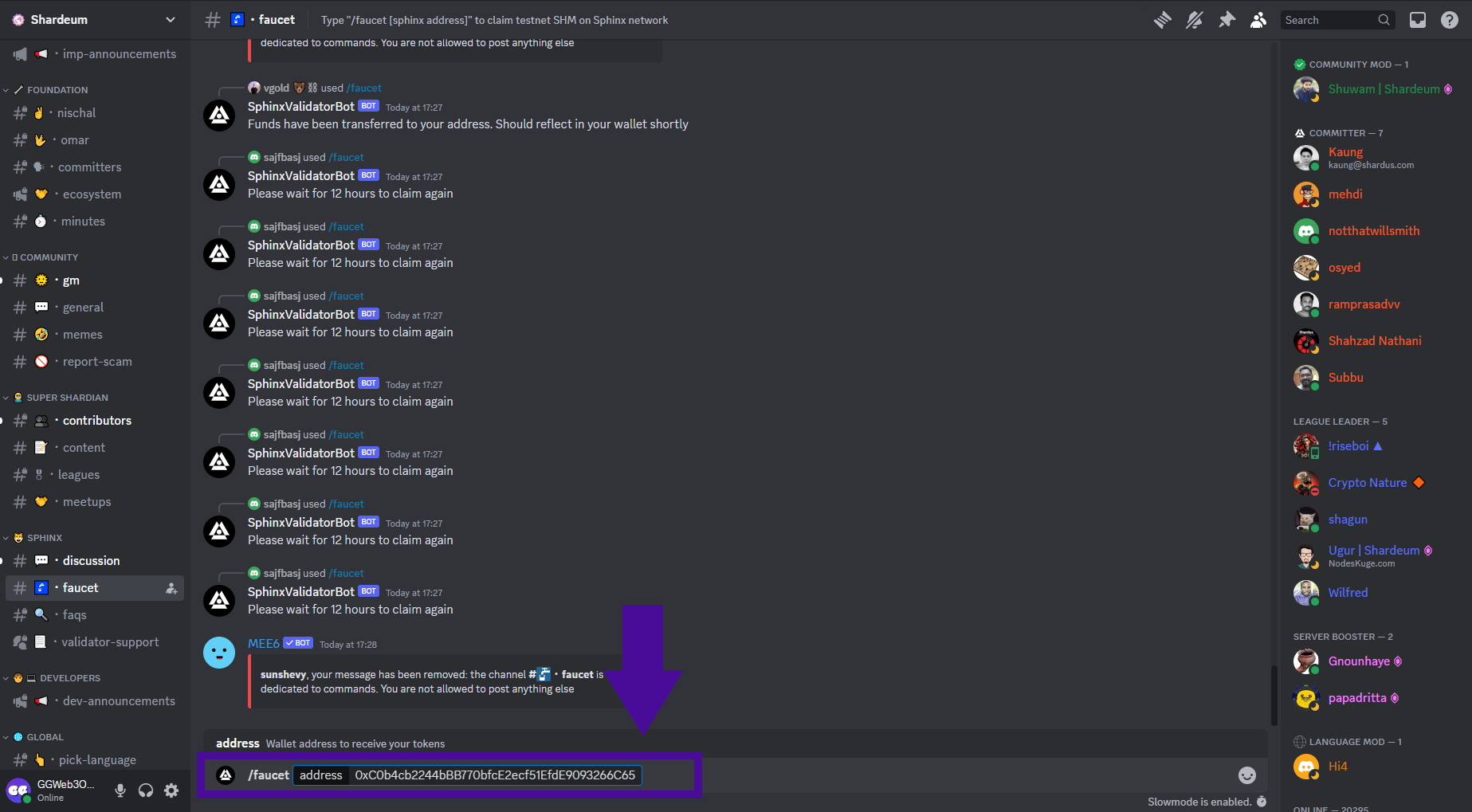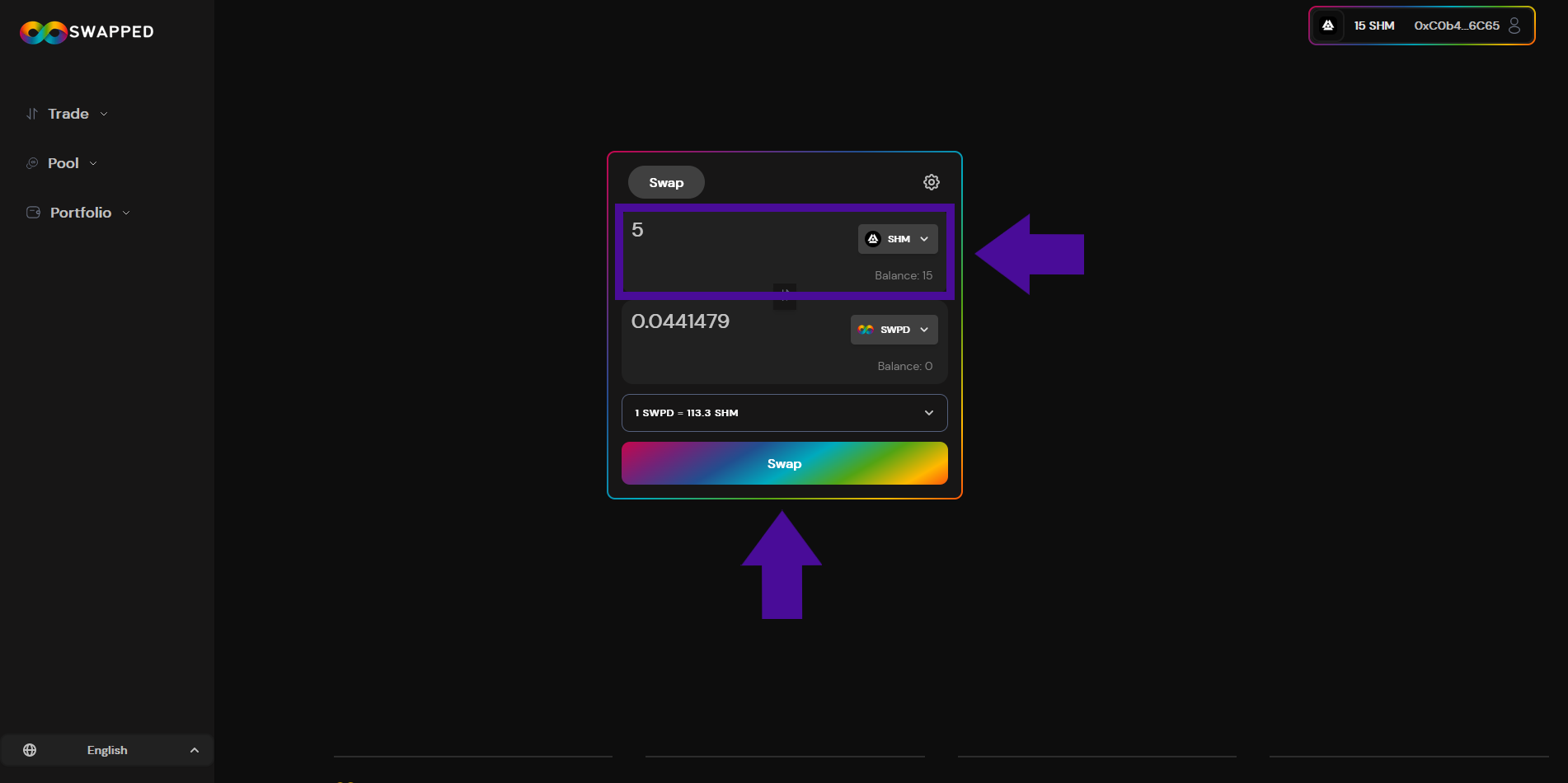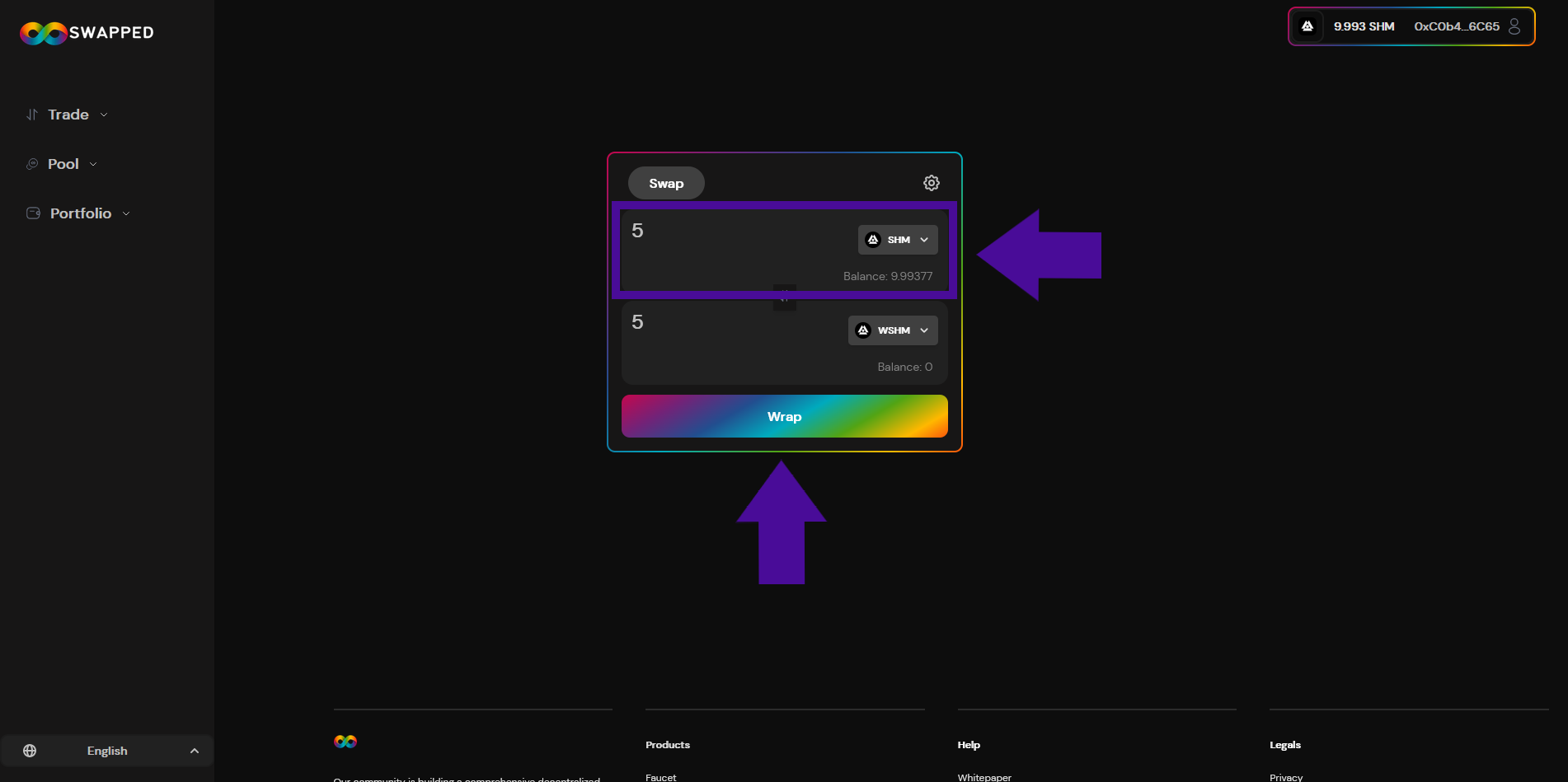Intro
In this guide, we're going to check out Sphinx, the latest testnet for Shardeum!
What is Shardeum?
Shardeum is a Layer 1 (L1) blockchain built on the Ethereum Virtual Machine (EVM). It employs dynamic state sharding to enable linear scalability while maintaining atomic composability across shards. This allows Shardeum to increase its transactions per second (TPS) capacity with each new validator, ensuring consistently low fees over time.
Unlike other EVM-based Layer 1 solutions, Shardeum offers the highest throughput capacity while upholding decentralization. Developers can deploy and interact with Solidity or Vyper contracts seamlessly, as contracts are automatically deployed to unique shards without requiring special adjustments for sharding. This preserves atomic composability across all shards, ensuring smooth interoperability between different parts of the network.
Step 1
To get started, we first need to add the Shardeum Sphinx testnet to our MetaMask wallet.
To do this, we need to go to docs.shardeum.org/network/endpoints & click "Connect to Shardeum Sphinx 1.X".

Step 2
Now we need to request some test tokens from the faucet.
You can try this faucet: chaindrop.org (We had issues with this one)
If that doesn't work, you can try this faucet: dotshm.me/faucet
Personally, we prefer the faucet in the Shardeum Discord Server as it's more reliable and convenient.

Step 3
If you took part in our previous Shardeum testnet guide from a few years back, you'll remember Swapped.Finance, head over to their site and connect your wallet.
Now let's perform some swaps from SHM to SWPD and then from SWPD back to SHM.
Now let's wrap SHM by selecting "WSHM" as the second token, insert an amount and hit "Wrap".


Outro
If you found this guide helpful and informative, consider sharing it on social media. You can also stay updated on the latest content and discussions by following us on X (formely Twitter): @BitBlogxyz
Disclaimer: This guide is provided strictly for educational purposes and should not be considered financial advice. The content is designed to offer insights into various web3 topics & projects.
We do not recommend putting real money into random projects without conducting plenty of your own research first. It is crucial to make informed decisions based on your own understanding and risk tolerance.